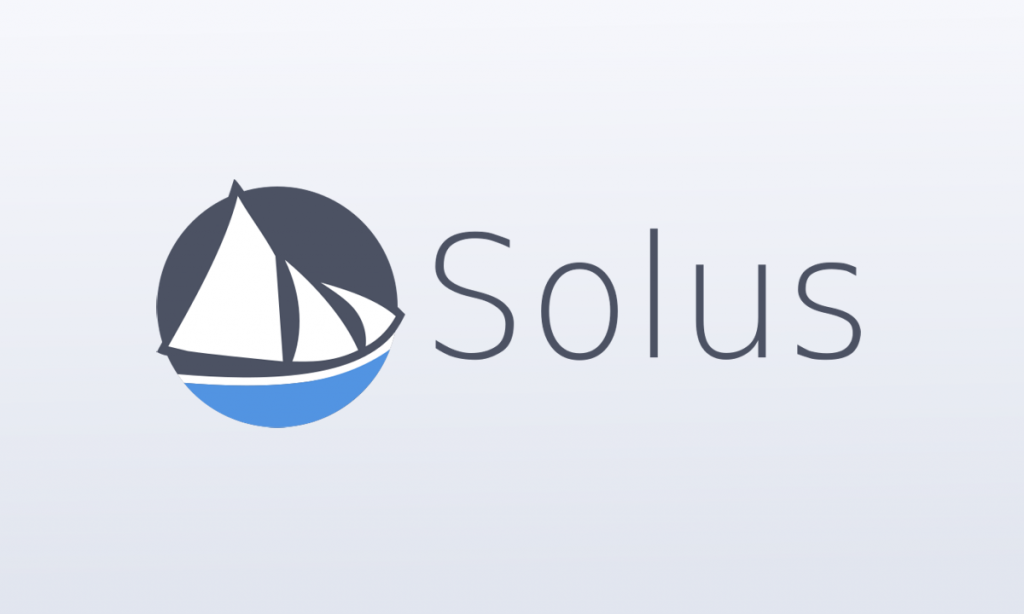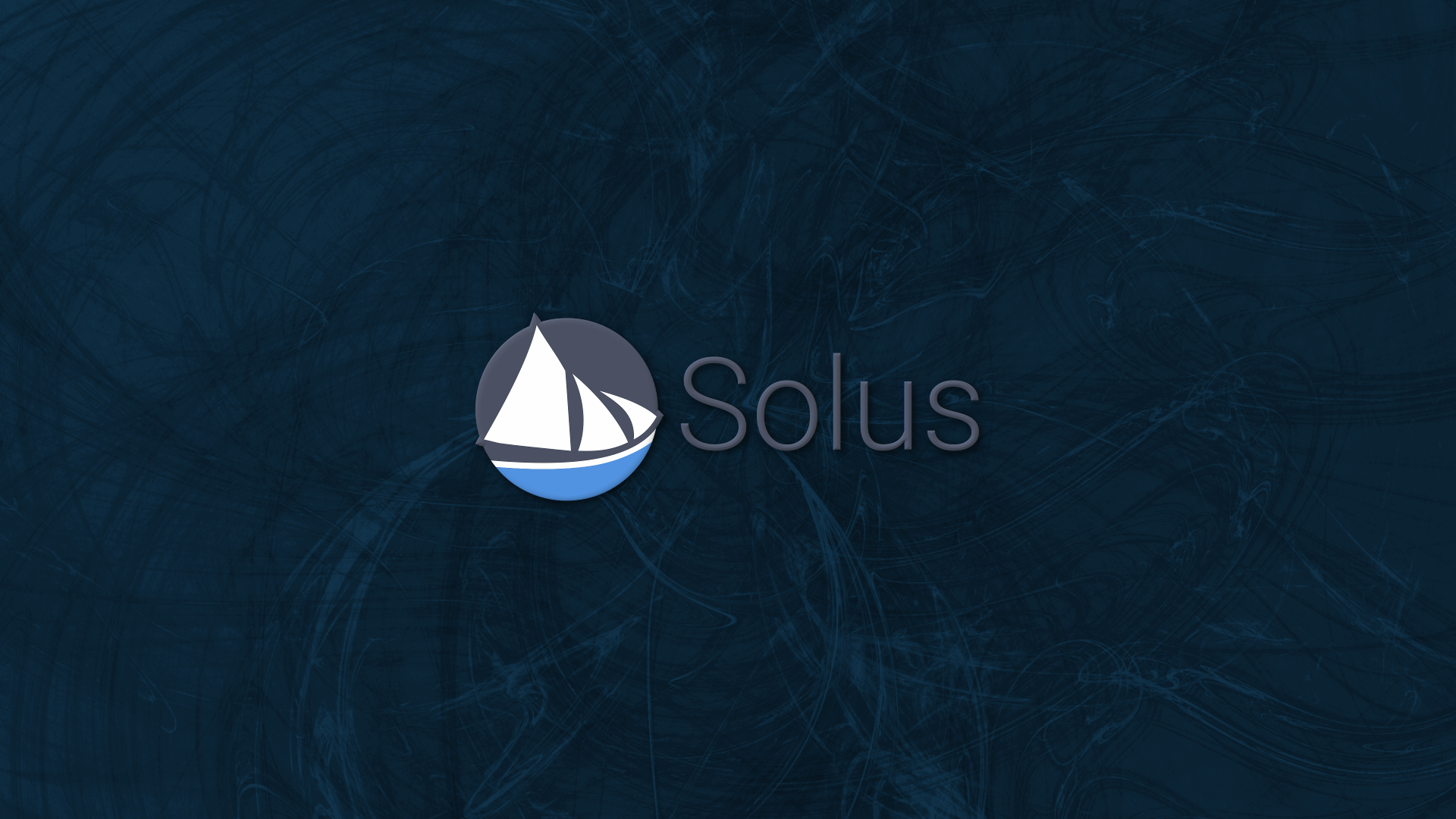Solus or SolusOS. It is a Linux distribution based on Debian GNU / Linux, it is a beginner friendly desktop of Linux distribution based on the latest stable version of Debian GNU / Linux. It features the GNOME 2 desktop, a good selection of default applications for everyday tasks, updated Debian backports software applications and the project’s own registries, a full set of multimedia plugins, a custom GNOME menu, and an intuitive graphical installer.
Unlike many other Linux distros, which are based on others (eg Ubuntu on Debian, or Manjaro on Arch, Solus is a distro written from scratch by its developer and the help of the community. This has many advantages, but also It has drawbacks, such as that, although we have previous experience in Linux, making the leap to SolusOS is a radical change.
This distribution uses a derived version of the PiSi package manager, called eopkg. We can install and manage the packages using the terminal with the eopkg commands, although the most practical and fastest thing is to use its own software center, where we will find practically what we need.
As for the desktop, we find our own one called “Budgie”, a very fast, fluid and customizable desktop whose appearance is very reminiscent of GNOME 2, although it has elements of Whisker and Cinnamon. We can also find GNOME, MATE and PLASMA desktop editions.
Solus Features

▸Eopkg package manager: It is the package manager that solus-project brings by default since its version 1.2.0, this manager is based on PiSi, and works with .eopkg packages which are in the official repositories of this distribution and that for the creation of said packages, the solus-project team created a packaging tool called ykpg
▸Budgie Desk: It is a Gnome 3 based desktop environment with some Gnome 2 instructions, which makes it a very lightweight environment but with a modern look. It is currently in its version 10.2.7 and is maintained through Git-hub by Solus developer, Ikey Doherty.
Solus is currently distributed for x86-64 processors only as an ISO image. It includes as basic software: VLC media player and Rhythmbox as multimedia players, Software center, GNOME Files, formerly Nautilus as a directory manager, gnome-term as a graphical terminal emulator, among others, not including office software.
The minimum requirements to use SolusOS are 512 MB of RAM, 4 GiB of hard disk and a 2.0 Ghz x86-64 processor. Although it is recommended to have 2 GiB of RAM, 10 GB in hard disk and processor greater than 2.0 Ghz



